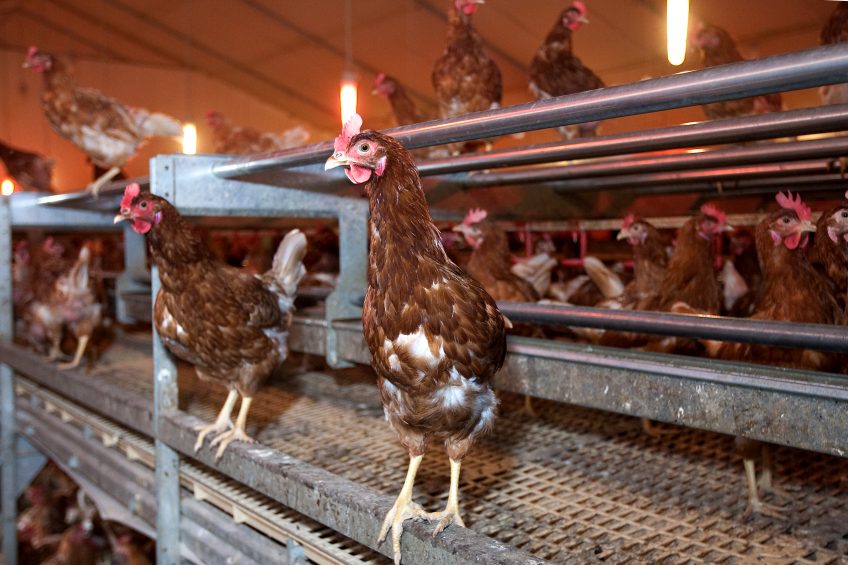Avian eyes give insight into photoperiodicity

The eye is a vital sense organ in order to allow sight in the bird. The structures and functions of the eye are complex and extensive. Eyes process and transform light into chemical codes, which are decoded by the brain.
Living organisms perceive objects in space and time in order to adequately relate with their visual environments. Birds gather visual information through scanning behaviour to make decisions relevant for survival, examples are the detection of predators and the finding of food. The avian visual system has a high degree of heterogeneity in visual performance across the visual field. Some parts provide higher levels of visual resolution and motion detection than others.
The sensory abilities of birds, including sight, have been affected by the process of domestication. Animals have been domesticated to favour traits desired by humans, such as food-production. Optical sensitivity of the eye has altered in domesticated species. Day length and light intensity are commonly manipulated aspects of the light environment in commercial broiler production; light intensity has been demonstrated a major factor affecting broiler behaviour and health. Continuous lighting may increase ambient temperature, consequently enhancing generation of reactive oxygen species due to increased biochemical reactions in the body.
The physiological roles of avian eyes have been under-utilised in poultry management in order to enhance production and therefore economic efficiency of the birds. In this respect regulatory mechanisms of avian eyes’ function, response of components to photo stimulation and utilisation of photoperiod to enhance production in poultry are important. Avian eyes respond to light stimulation and photoperiod, and these responses may be utilised for commercial poultry production for eggs and meat, as well as for improving the welfare of the birds.
 Beheer
Beheer




 WP Admin
WP Admin  Bewerk bericht
Bewerk bericht